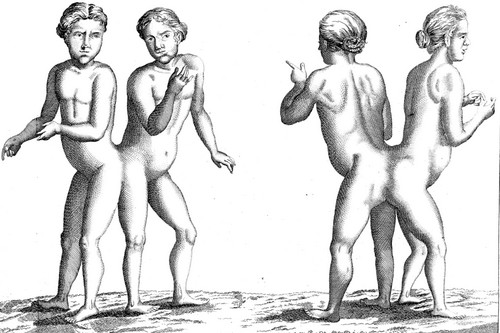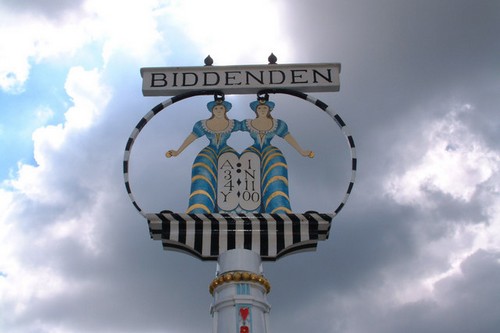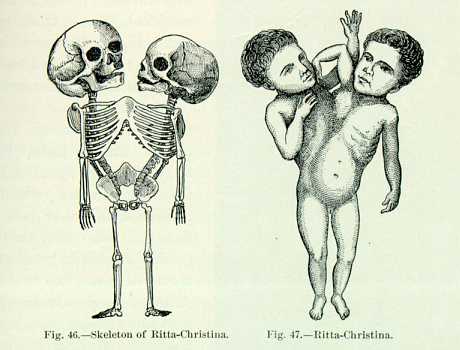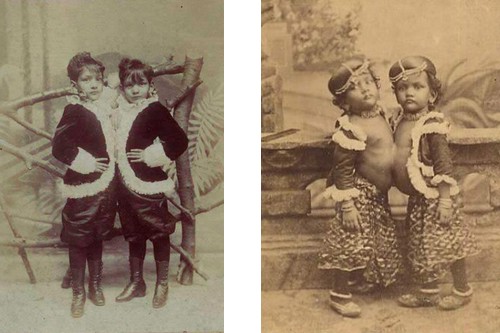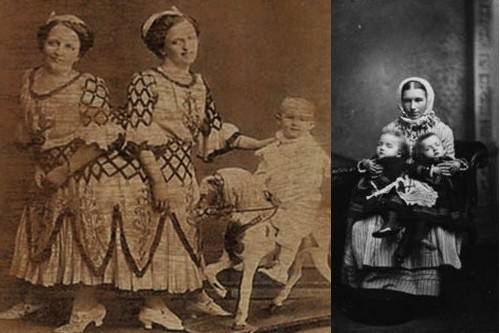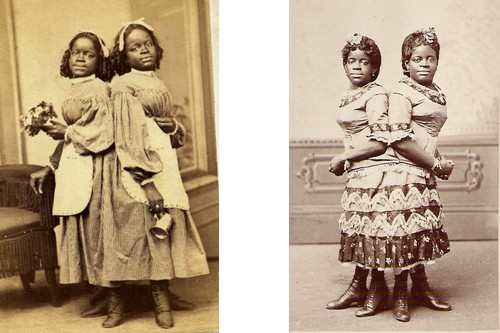1. The Scottish Brothers
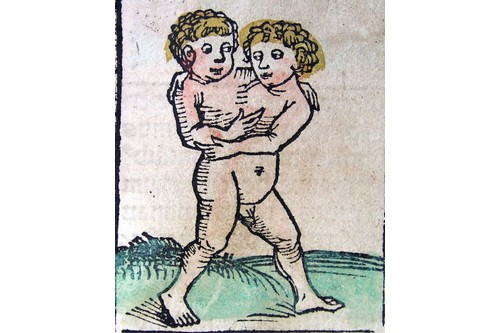
The Scottish Brothers were born in 1490, somewhere near Glasgow. Little is known about them but it has been suggested that they were dicephalus conjoined twins, meaning two heads on a single body. However, other sources say that they were conjoined purely below the waist.
In
either case, it is known that the Scottish Brothers were taken to the
court of King James IV. The King ordered their careful upbringing and
education. Thus, they learned how to sing and were fluent in several
languages. They also quaralled a lot and sometimes even fought
physically.
They died at the age of twenty eight in 1518. The cause of their death is unknown.
